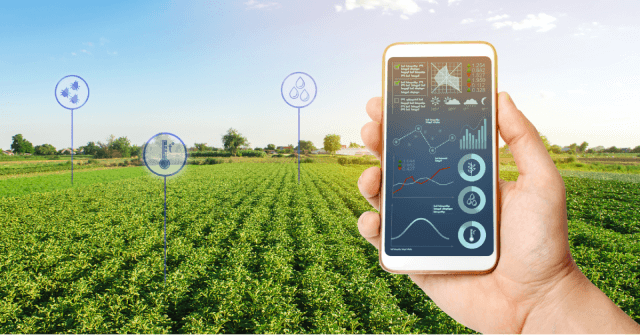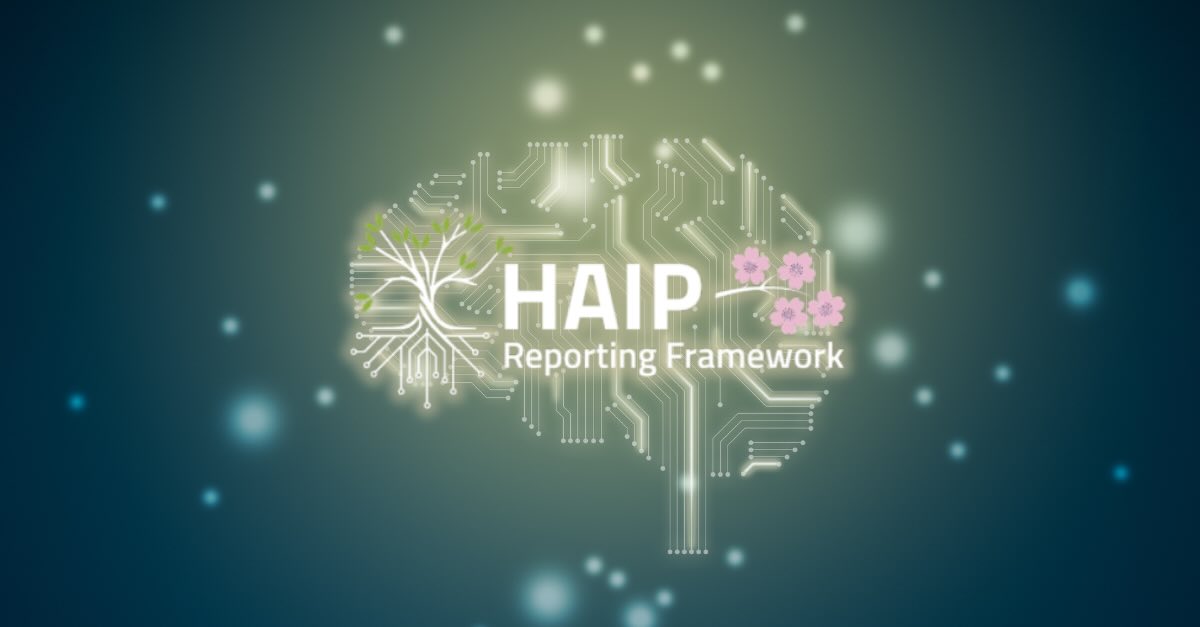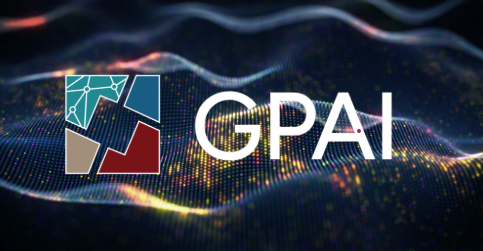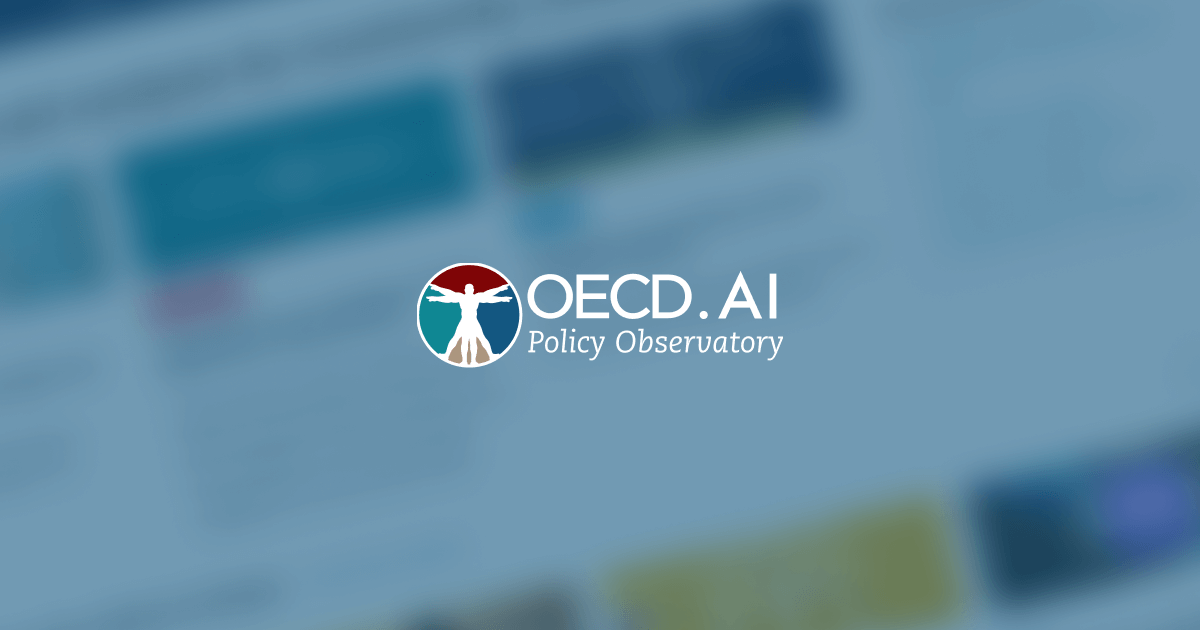How do we use AI?
AI applications both improve and disrupt existing ways of working and need targeted rules according to use and context.
AI systems can detect patterns in enormous volumes of data and model complex, interdependent systems to generate outcomes that can make decision-making and resource allocation more efficient and less expensive.
AI technologies are seeing rapid uptake in sectors such as transport, agriculture, finance, marketing and advertising, science, healthcare, criminal justice, security and the public sector, as well as in augmented and virtual reality applications.
Here are some of the main uses, benefits and challenges of artificial intelligence. More detailed descriptions are available in the AI applications chapter of the publication Artificial Intelligence in Society.
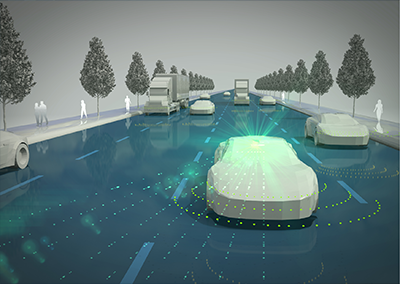
AI in transportation can reduce human error but its relationship with humans is complicated
Autonomous vehicles (AVs) could bring significant savings through fewer crashes, less congestion and other benefits. But there are obstacles to overcome such as lost commercial driver wages.
The rollout of AVs raises important issues concerning safety and regulation; data collection, availability, security and privacy; workforce disruption; and infrastructure adaptation.
While investment and innovation in AV flourish, debate examines the right approach to introduce autonomous functionality into vehicles. Two key discussions are the role of the driver (eliminating vs. supporting the human driver) and the availability of the technology (high-level but conditional vs. basic but always-on).
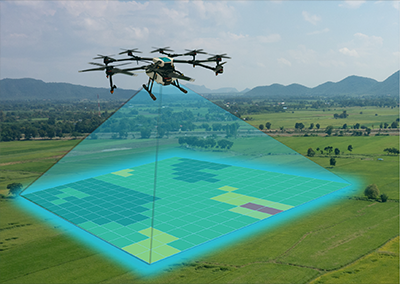
AI in agriculture can increase productivity but must overcome technical and cultural gaps
Harvesting robots equipped with AI technologies and data from cameras and sensors can identify the right crops to pick in real-time. Greater availability of satellite data improves crop and soil monitoring with computer vision and deep-learning algorithms. Predictive analytics use machine-learning models to predict the impact of environmental factors on crop yield.
However, challenges remain from the lack of network connections in rural areas, the production and seasonality of quality data, the gap between tech start-ups’ disruptive approach and farmers’ incremental approach, and high up-front and transaction costs.
Open-source software under development could help to address cost issues. Meanwhile, transfer learning helps address data issues by training algorithms with much smaller data sets.
RELATED >> Visit this page for the latest publications and policy instruments related to AI in agriculture

AI in financial services can expand opportunities but needs to be monitored for accountability
AI in the financial sector has many benefits, including reduced costs and enhanced analytics to improve customer experience, expand credit, identify investment opportunities, and manage risk. However, it raises policy questions related to transparency, accuracy, and preventing discrimination.
AI-powered software can converse with clients within messaging platforms that use advanced language processing to provide account and transaction data and automated financial advice.
FinTech platforms can supplement traditional credit reports with alternative borrower data such as insurance claims, social media activities, online shopping information, shipping data, browsing patterns, and the type of telephone or browser used. This can facilitate access to credit and insurance for those with no traditional history and improve the accuracy of risk assessments.
However, some caution that the use of alternative data may raise concerns about disparate impact, privacy, security and “explainability”.
In investment services, sentiment analysis on financial social media platforms, enables users to connect and consult with professionals to grow their investment.
AI helps portfolio managers consider more factors to invest more efficiently and accurately. Algorithmic trading decides on trades automatically, and submits and manages orders. Increased computing capabilities enable high-frequency trading of millions of orders simultaneously.
AI language processing can decrease banks’ compliance costs and time by verifying each transaction, interpreting regulatory documents and codifying compliance rules. Immediate identification of transaction anomalies can improve fraud detection and trigger a review or self-adjustment as patterns evolve.

In marketing, AI can tailor offers to customers but might exploit inequities
Developments in machine learning coupled with the large quantities of data being generated allow advertisers to target their campaigns with personalised, dynamic ads. This can increase sales and the return on investment of marketing while offering consumers online services free of charge, funded by advertising revenue.
Natural language processing (NLP) learns patterns such as in social media posts and product reviews to infer consumer preferences and buying intent to improve the quality of online search results and advertising efficiency.
AI can analyse “unstructured data” to outdo simple sets of guidelines or historical ratings from users. Click-prediction systems based on machine learning in online advertising maximise the impact of sponsored ads and online marketing campaigns.
Augmented reality combined with AI can give customers an idea of how the product would look once produced and placed in its intended context.
AI technologies allow companies to adjust prices to market behaviour—which could be detrimental if pricing becomes exploitative, distortionary or exclusionary.
AI helps understand the vast amounts of data generated by new instrumentation and the rapidly growing volume of scientific papers, enabling new forms of discovery and the reproducibility of scientific research.
Particle physics frequently uses AI to find complex spatial patterns in vast streams of data yielded by particle detectors. With data gleaned from social media, AI provides evidence on relationships between language use, psychology and health, and social and economic outcomes. AI also tackles computational problems in genetics, improves the quality of imaging in astronomy, and helps discover the rules of chemical synthesis.
AI enables hypothesis generation from information contained in scientific literature. AI can present concepts visually such that the user sees cross-disciplinary relationships.
The convergence of AI and robotics can automate scientific experiments. Fully automating science allows faster discovery, cheaper experimentation, easier training, and improved data sharing and reproducibility.
However, laboratory automation is used most economically in large, central sites accessible via cloud automation. The increasing use of AI systems in science could also affect the transmission of knowledge, systems of credit for scientific discoveries, the peer-review system and systems of intellectual property rights.
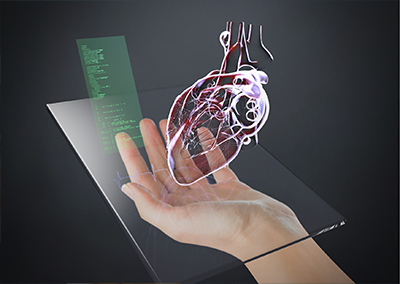
AI revolutionises healthcare but raises questions about data and privacy
Health data can improve the effectiveness of health programmes, policy and funding by identifying ineffective interventions, missed opportunities and duplicated services.
Precision medicine can use rapid processing of complex datasets such as a patient’s health records, physiological reactions and genomic data. Mobile technologies can provide real-time feedback along the care continuum to improve care for the elderly and disabled.
Monitoring related to pharmaceuticals and medical devices can identify patterns, such as systemic failures and successes, and incorporate data from researchers, providers and patients to improve algorithms and clinical decision support. AI technologies may allow for the early identification of outbreaks and surveillance of disease spreading. Social media, for example, can both detect and disseminate information on public health.
But AI raises questions, in particular concerning health data and privacy. Countries allow mobile services to support medicine and public health but systems capture and analyse data in silos. Bias in the operation of an algorithm recommending specific treatment could create health risks to certain groups. Additionally, as medical devices become more sophisticated, they raise safety risks, such as a malicious takeover to administer a harmful operation.
Many OECD countries report legislative barriers to the use of personal health data, which hinders the development of databases from electronic health records. A national health data governance framework would encourage the availability and use of personal health data to serve health-related public interests and promote the protection of privacy, personal health data and data security.
Appropriate training for future health data scientists, involving clinicians in the design and development of AI healthcare systems, could prove essential for getting patients and providers to trust AI-based healthcare products and services.
RELATED >> Visit this page for the latest publications and policy instruments related to AI in health

AI in judiciary environments can address future threats but risks reinforcing bias and injustice
In judicial investigations, AI can improve the ability to make connections, and detect patterns. It can even predict, prevent and solve crimes. It can conduct risk assessments on defendants and help make processes more efficient.
The combination of automatic license plate readers, ubiquitous cameras, inexpensive data storage and enhanced computing capabilities can provide police forces with significant information to identify patterns of criminal behaviour. Location prediction applies retrospective crime data to forecast when and where crimes are likely to occur. Person-based prediction helps predict which individuals or groups are most likely to be involved in crimes, either as victims or offenders.
Many police departments rely on social media for discovering criminal activity, obtaining probable cause for search warrants, collecting evidence for hearings, pinpointing the locations of criminals, managing volatile situations, identifying witnesses, broadcasting information and soliciting tips from the public.
Several jurisdictions use AI to assess risk for an array of criminal justice outcomes such as the amount of bail or other conditions for release and the eligibility for parole. Risk assessment algorithms predict risk based on a small number of factors, typically divided into criminal history and sociodemographic characteristics.
Using AI to predict the outcome of cases could help the parties assess the likelihood of success in trial or on appeal (based on previous similar cases). It could also help lawyers identify which issues increase their chances of winning.
Criminal justice is a sensitive point of interaction between governments and citizens. Without sufficient safeguards, it might create adverse results, reinforce systemic biases and possibly create new ones.
The use of AI raises concerns about transparency and the ability to understand its operation. AI-based risk assessment tools developed by private companies raise unique transparency and explainability concerns where non-disclosure agreements prevent access to proprietary code to protect IP or prevent access for malicious purposes.

Security AI sees the big picture of the digital and physical worlds in fine detail
The growing number of digital security attacks and the skills shortage in digital security make AI particularly relevant. Machine learning tools automate threat detection and response, indispensable to combat attacks such as polymorphic viruses, denial of service and phishing.
Nine out of ten digital security attacks are estimated to result from flaws in software code. Given the billions of lines of code being written every year and the re-use of third-party proprietary libraries to do it, detecting and correcting errors in software code is a daunting task for the human eye. Countries such as the United States and China are funding research projects to make AI systems that can detect software security vulnerabilities.
Tools that use AI enable mechanical processes of detection and control in real-time for public safety. Smart cameras can detect a fight. Gunshot locators report the exact location of recorded shots.
AI is effective when combined with image-sharpening technologies. Large image datasets train neural networks to recognize the typical features of physical objects such as skin, hair or even bricks in a wall. Ai systems can recognise such features in new images and adds details and textures using the knowledge previously acquired.

AI in the public sector can engage citizens and strengthen social welfare
AI tools could enhance the efficiency and quality of many public sector procedures. For example, they could offer the opportunity to engage citizens in the process of service design and interact in a more agile, effective and personalised way.
AI technologies could be integrated into the entire policy-making process, support public sector reforms and improve public sector productivity.
Some governments have deployed AI systems to strengthen social welfare programmes. AI could help attain optimal inventory levels at health and social service locations. Health and social services could use machine learning to analyse transaction data and make replenishment predictions. This would facilitate forecasting and policy development.

Augmented and virtual realities work with AI for better performance
As AR/VR develop, AI helps them to become interactive, and feature more attractive and intuitive content.
AI technologies enable AR/VR to interpret the user’s motions and customise content in real-time according to the user’s reaction. This reduces system resource needs, lags and frame loss. Symbiotic development of AR/VR and AI technologies is expected in marketing research, training simulations and education.
VR can help overcome a lack of data with which to train AI systems. Driverless cars must be trained to deal with critical situations, but little actual data about children running into a street exist. An alternative would be the development of digital reality.
In this case, the AI system would be trained in a computer-simulated environment that faithfully replicates relevant features of the real world like streets or unique interior layouts to learn through vision, audio, semantics, physics and interaction with objects and other agents. Continuous development in cloud technology would help create new training grounds.
RELATED >> Visit this page for the latest publications and policy instruments related to AI in innovation



